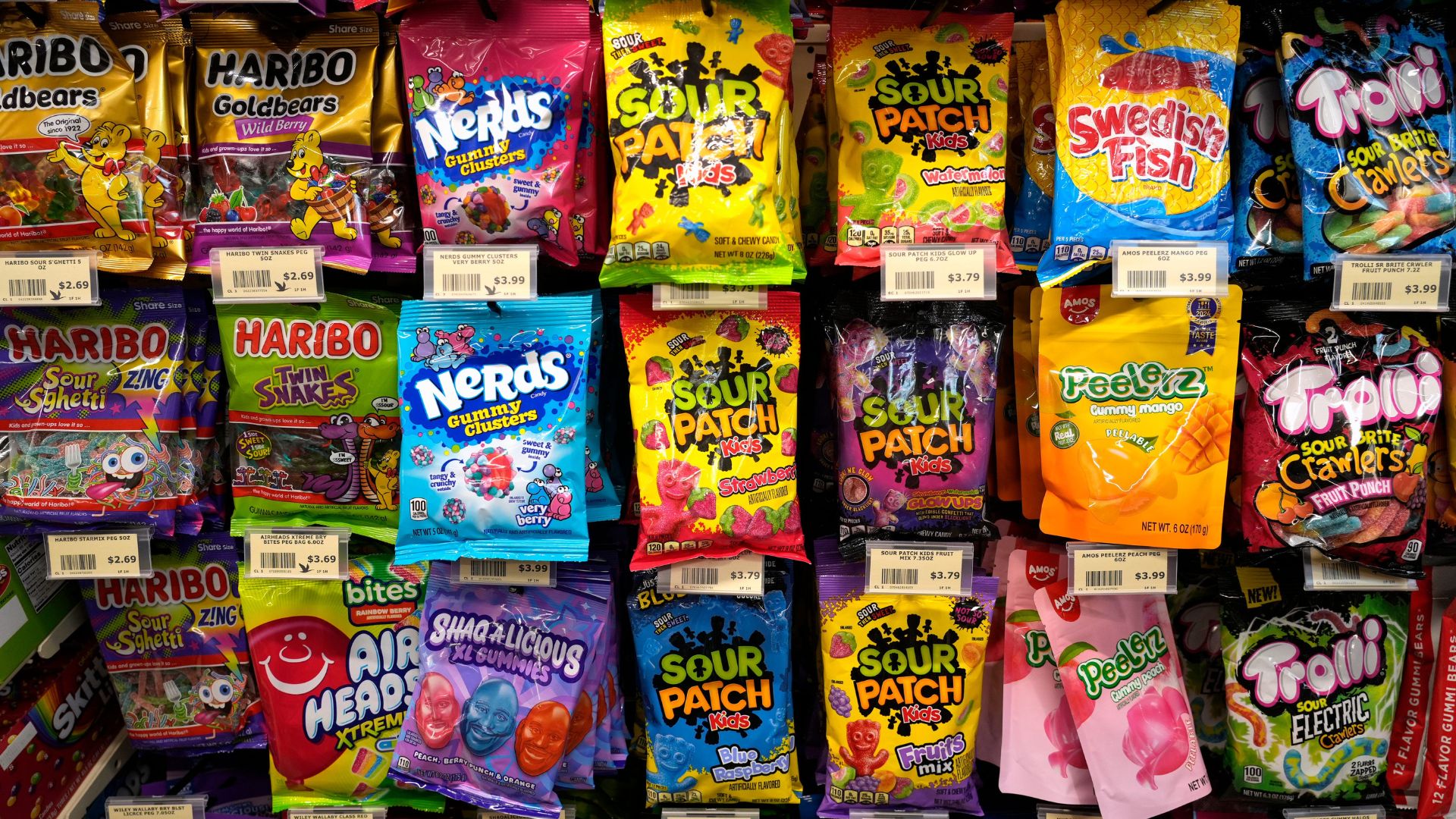
The U.S. Food and Drug Administration (FDA) announced Friday that three naturally derived food color additives have been approved or granted expanded use across the American food and beverage industry.
The move is part of a broader federal plan to eliminate petroleum-based synthetic dyes from the U.S. food and medicine supply by the end of 2025.
FDA GREENLIGHTS NEW FOOD COLORS—AND THEY’RE NOT TOXIC, FOR ONCE
The Food and Drug Administration FDA quietly expanded the spectrum—approving 3 new color additives from natural sources for food use.
It’s a win for manufacturers chasing cleaner labels and consumers side-eyeing… https://t.co/Du4ca9MGVj pic.twitter.com/tWAaRLrlfv
— Mario Nawfal (@MarioNawfal) May 9, 2025
Trump’s Sovereign Wealth Fund: What Could It Mean For Your Money?
The newly approved or expanded additives include butterfly pea flower extract, Galdieria extract blue, and calcium phosphate.
This Could Be the Most Important Video Gun Owners Watch All Year
These alternatives are set to replace synthetic dyes such as Green No. 3, Red No. 40, Yellow No. 5, Yellow No. 6, Blue No. 1, and Blue No. 2—additives commonly used in snack foods, beverages, and processed products.
Red 40
Yellow 5
Yellow 6
Blue 1These synthetic food dyes are petroleum-derived chemicals found in over 36,000 processed foods, children’s snacks, medications and vitamins. They serve no nutritional purpose and are used purely for cosmetic appeal. Not to mention… pic.twitter.com/AG7eJQh5M3
— Children’s Health Defense (@ChildrensHD) May 11, 2025
The decision aligns with the Department of Health and Human Services’ ongoing initiative to phase out petroleum-based food dyes, which have been linked to adverse health effects in children.
Secretary of Health and Human Services Robert F. Kennedy Jr. reiterated the department’s goal in a statement accompanying the FDA announcement.
“For too long, our food system has relied on synthetic, petroleum-based dyes that offer no nutritional value and pose unnecessary health risks,” Kennedy stated.
“We’re removing these dyes and approving safe, natural alternatives – to protect families and support healthier choices.”
The FDA confirmed that butterfly pea flower extract, a colorant derived from flower petals and rich in antioxidants, is now authorized for broader use in cereals, chips, and snack mixes.
The extract, known for producing blue, purple, and green hues, was previously approved for use in beverages, gum, dairy products, and candies.
Galdieria extract blue, produced from the red microalgae Galdieria sulphuraria, has also been approved for use in a wider range of products.
This natural dye creates a hue comparable to synthetic Blue No. 1 and is now allowed in candies, juices, smoothies, frozen desserts, puddings, frostings, and whipped toppings.
The expanded approval marks a major milestone for food ingredient companies like Givaudan Sense Colour and Fermentalg, which manufacture Everzure™ Galdieria—a color additive made from the microalgae.
Raja Chouket of Sense Colour praised the decision, stating, “Natural ingredients developed with the help of biotechnology hold the promise of delivering better, cleaner and more enticing food experiences for consumers. This approval will allow us to advance into production and commercialization, making this long-awaited solution available to the market.”
Additionally, the FDA has now approved calcium phosphate as a white colorant for specific foods.
Calcium phosphate, a naturally occurring compound found in bones and teeth, can now be used in ready-to-eat chicken products, white candy melts, doughnut sugar, and sugar coatings for candies.
FDA Commissioner Martin Makary emphasized the agency’s commitment to the transition away from petroleum-based dyes, stating Friday, “On April 22, I said the FDA would soon approve several new color additives and would accelerate our review of others. FDA staff have been moving quickly to expedite the publication of these decisions, underscoring our serious intent to transition away from petroleum-based dyes in the food supply and provide new colors from natural sources.”
FDA Commissioner @MartyMakary outlines the steps the agency is taking to phase out artificial food dyes in food and medication: “These steps that we are taking means that the FDA is effectively removing all petroleum-based food dyes from the U.S. food supply.” pic.twitter.com/eHNgdsVdqN
— Rapid Response 47 (@RapidResponse47) April 22, 2025
The transition deadline for manufacturers to remove synthetic dyes is set for December 31, 2025.
Until then, the FDA and HHS have pledged to streamline the review and approval of safe, natural alternatives.
Connect with Vetted Off-Duty Cops to Instantly Fulfill Your Security Needs
The opinions expressed by contributors and/or content partners are their own and do not necessarily reflect the views of LifeZette. Contact us for guidelines on submitting your own commentary.

![FDA Approves Natural Alternatives to Petroleum-Based Food Dyes During National Phaseout [WATCH]](https://www.right2024.com/wp-content/uploads/2025/05/FDA-Approves-Natural-Alternatives-to-Petroleum-Based-Food-Dyes-During-National-750x375.jpg)


![‘It’s a Recipe for a Hundred Years of National Dominance’: Stephen Miller [WATCH]](https://www.right2024.com/wp-content/uploads/2025/05/Stephen-Miller-Completely-Obliterates-CNN-Host-Over-Her-Illegal-Immigration-350x250.jpg)

![Trump Posts Hilarious Pope Meme, Leftists Immediately Melt Down [WATCH]](https://www.right2024.com/wp-content/uploads/2025/05/Trump-Posts-Hilarious-Pope-Meme-Leftists-Immediately-Melt-Down-WATCH-350x250.jpg)



![Mother Breaks Silence After Three Daughters Killed During Father’s Custody Visit, Memorial Held [WATCH]](https://www.right2024.com/wp-content/uploads/2025/06/Mother-Breaks-Silence-After-Three-Daughters-Killed-During-Fathers-Custody-350x250.jpg)





